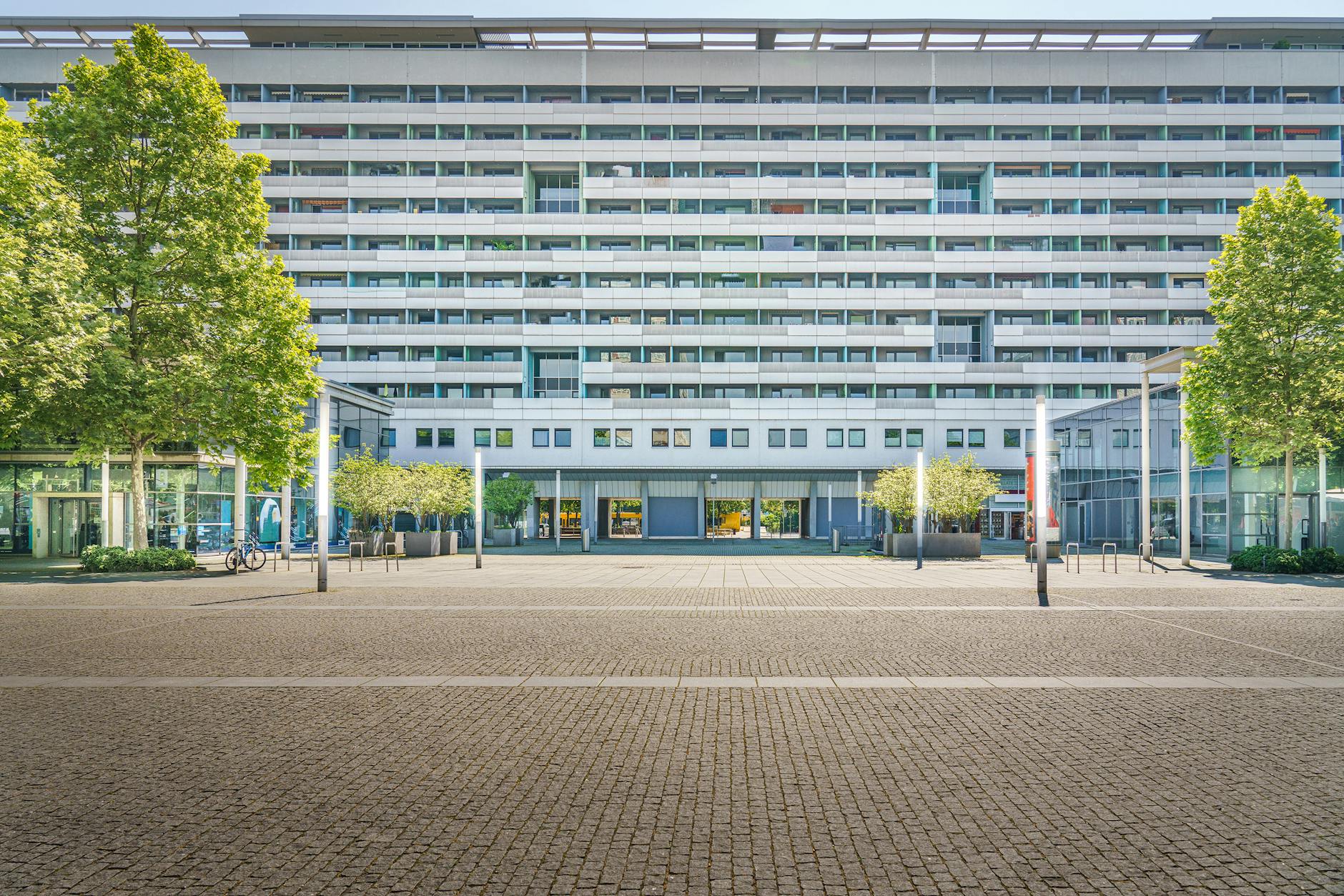Emerging Trends in Commercial Real Estate Leasing and Brokerage
Emerging trends in commercial real estate leasing and brokerage are reshaping the industry, driven by technological advancements, shifting tenant expectations, and evolving market dynamics. As businesses adapt to new ways of working and investors seek innovative strategies for asset management, the commercial real estate (CRE) sector is experiencing significant transformations. This article explores key trends affecting leasing and brokerage practices, offering insights into how professionals and clients can navigate the changing landscape effectively. From the rise of proptech and flexible lease structures to sustainability demands and data-driven decision-making, understanding these developments is essential for anyone involved in CRE transactions.
Technology integration and proptech innovations
Technology has become a cornerstone of modern CRE leasing and brokerage. Proptech—property technology—encompasses tools such as AI-driven analytics, virtual tours, blockchain contracts, and IoT-enabled building management systems. These innovations enhance the efficiency, transparency, and accuracy of lease negotiations and property management. For example, AI algorithms can analyze market trends and tenant behavior to recommend optimal lease terms and pricing, while virtual reality allows prospective tenants to tour spaces remotely and envision customizations before committing.
This fusion of technology not only accelerates deal-making but also helps brokers deliver more tailored services, improving client satisfaction and retention. Additionally, blockchain facilitates secure, tamper-proof leasing contracts, reducing risks associated with fraud and administrative errors. As digital adoption grows, brokers are becoming more adept at using data-powered insights to guide strategic decisions and create competitive advantages.
Flexible lease structures and customized solutions
The traditional long-term lease model is evolving to match the fluid needs of modern tenants, particularly in response to trends like remote work and economic uncertainty. Flexible lease agreements—such as short-term leases, co-working arrangements, and hybrid spaces—are gaining traction. These allow tenants to scale their footprint up or down with minimal penalties, promoting agility and cost control.
Brokerages that understand how to craft flexible, customer-centric leasing solutions are better positioned to attract a diverse tenant base. Customization also involves tailored amenities and services that enhance user experience, including smart building features, community spaces, and wellness programs. As tenants prioritize flexibility and convenience, brokers who integrate these factors into leasing negotiations become invaluable partners.
Sustainability and ESG considerations in leasing
Environmental, Social, and Governance (ESG) criteria are increasingly influential in CRE leasing and brokerage. Investors and tenants alike demand properties that demonstrate sustainability through energy efficiency, waste reduction, and positive community impact. LEED certification and similar standards are becoming baseline requirements, impacting lease negotiations, tenant selection, and overall asset valuation.
Brokers must be well-versed in sustainability best practices to advise clients effectively. Incorporating green clauses in leases—such as energy usage disclosures or commitments to reduce carbon footprints—reflects growing market priorities. This trend creates opportunities for properties to differentiate themselves and for brokers to add value by facilitating ESG-compliant transactions.
Data-driven market insights and strategic decision-making
Access to comprehensive real estate data is transforming how brokers and tenants approach leasing. Advanced analytics platforms consolidate market trends, demographic data, lease comparables, and financial metrics to provide actionable insights. This enhances forecasting accuracy, risk assessment, and negotiation leverage.
For example, a broker using heat maps and occupancy trends can pinpoint emerging submarkets or undervalued assets, guiding clients toward optimal decisions. Data also enables more transparent communication between landlords and tenants, building trust through evidence-based proposals. Integrating data analytics throughout the leasing lifecycle—from prospecting to renewal—supports smarter, more competitive outcomes.
| Trend | Key benefits | Impact on stakeholders |
|---|---|---|
| Technology integration & proptech | Improved efficiency, transparency, remote access | Brokers gain tools for customization; tenants enjoy streamlined experiences |
| Flexible lease structures | Tenant agility, reduced risk, adaptable space usage | Landlords attract diverse tenants; tenants control costs |
| Sustainability & ESG | Enhanced asset value, regulatory compliance, positive branding | Investors and tenants prefer green buildings; brokers advise on compliance |
| Data-driven insights | Better market knowledge, forecasting, negotiation power | Clients make informed decisions; brokers improve deal success |
Conclusion
The commercial real estate leasing and brokerage landscape is undergoing profound change, influenced by technology adoption, flexible leasing demands, sustainability expectations, and the rise of data analytics. These trends are interconnected, collectively shaping how professionals manage relationships, negotiate deals, and maximize property value. Embracing proptech tools enables more efficient transactions, while flexible lease models align with modern tenant priorities.
Furthermore, sustainability initiatives and ESG considerations are no longer optional but critical elements of leasing strategy, reflecting broader societal shifts. The ability to harness data-driven insights further enhances decision-making and competitiveness in an increasingly complex market. Together, these emerging trends define the future of CRE leasing and brokerage, underscoring the need for adaptability, specialized knowledge, and innovative approaches to thrive in this dynamic environment.
Image by: Jakub Zerdzicki
https://www.pexels.com/@jakubzerdzicki
editor's pick
latest video
news via inbox
Nulla turp dis cursus. Integer liberos euismod pretium faucibua

